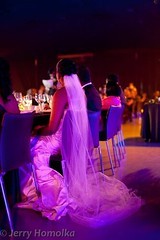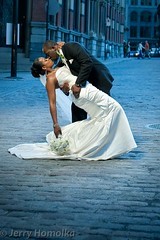jcblitz
TPF Noob!
- Joined
- May 9, 2009
- Messages
- 42
- Reaction score
- 0
- Can others edit my Photos
- Photos OK to edit
I just starting to play with gels so I picked up a Rosco sample pack. I'm still learning the color correction gels and wanted to see if this was a good technique to determine the correct gelling.
I first use my gray card without flash to set a custom white balance and make sure that looks appropriate. I then pop on my flash and take another shot and decide which family of gel I need to apply. Then I basically try and feel it out from there whether to go up or down based by taking shots with various cuts and comparing it to the original, control image. I've been semi successful doing this but it does take some time (and battery life).
Another thought I had, but not sure if it's possible, was to try and get the color temperature from the initial balanced photo and just use a formula to determine which cut I need to adjust my SB-600 to that color. Anyone know if that's possible with the Nikon D90? I know I can dial temperatures in, but wasn't sure about getting them back out with a custom WB.
I first use my gray card without flash to set a custom white balance and make sure that looks appropriate. I then pop on my flash and take another shot and decide which family of gel I need to apply. Then I basically try and feel it out from there whether to go up or down based by taking shots with various cuts and comparing it to the original, control image. I've been semi successful doing this but it does take some time (and battery life).
Another thought I had, but not sure if it's possible, was to try and get the color temperature from the initial balanced photo and just use a formula to determine which cut I need to adjust my SB-600 to that color. Anyone know if that's possible with the Nikon D90? I know I can dial temperatures in, but wasn't sure about getting them back out with a custom WB.
















![[No title]](/data/xfmg/thumbnail/41/41926-7b67b67ec3a4ea78149adc9ca76efe76.jpg?1734176285)
